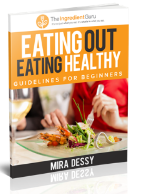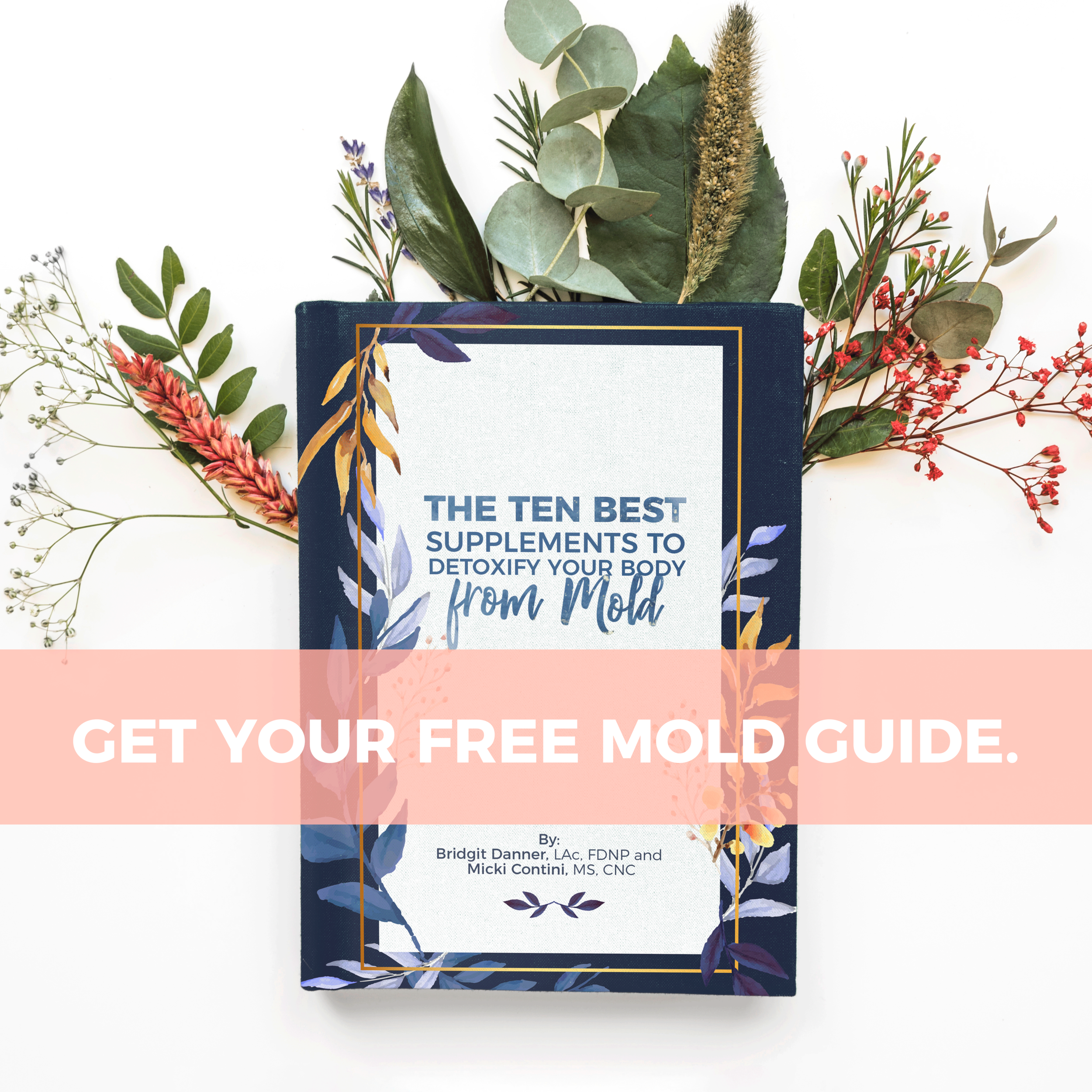In this article, we’ll be focusing on fats that increase the production of prostaglandins, which are not hormones, but are powerful, hormone-like agents that do important jobs such as regulating inflammation and stimulating hormone production. (1) So if you want to have regulated hormones and managed inflammation, read on to learn about your helpful prostaglandins and how to support them.
Are you dealing with symptoms like:
Hot flashes
Night sweats
Irregular periods
Heavy periods
Anxiety
Weight Gain
Menstrual migraines
These are all potential symptoms of inflammation and hormone imbalance that may benefit from the prostaglandin lovin’ you’ll learn about today.
What are Prostaglandins?
Prostaglandins are lipid compounds produced throughout the body, derived from fats and produced by an enzymatic process. They are made from Omega 3 and Omega 6 fats, plus some micronutrients and minerals are needed in their production as well.
Prostaglandins can both initiate and reduce inflammation. (2) Inflammation is a normal process in the body, but too much inflammation causes pain and hormone dysregulation.
Since prostaglandins can be inflammatory or anti-inflammatory; one way to reduce symptoms is to increase anti-inflammatory prostaglandins by consuming the fats that are needed to make anti-inflammatory prostaglandins.
If you’re nutritionally savvy, you may have learned that Omega 3 fats are good and that Omega 6 fats are bad. This is somewhat true, but there’s more to it.
The Fats
Omega 3 and 6 fats are both polyunsaturated fatty acids, and the numbers 3 and 6 refer to the location of a double carbon bond within the structure of the molecule. Omega 3 and 6 oils are considered ‘essential’ to consume because the human body cannot make them.
The Omega 3s
Omega 3 oils are anti-inflammatory which means they reduce the unwanted symptoms of inflammation like headaches and acne. Their anti-inflammatory effect even helps in treating the autoimmune diseases that are becoming so common in women by regulating the immune system.
The three types of Omega 3 fatty acids involved in human physiology are α-linolenic acid (ALA), eicosapentaenoic acid (EPA), and docosahexaenoic acid (DHA). ALA comes from plant sources and DHA and EPA come from marine sources.
ALA sources of omega three can be converted in EPA and, less efficiently, to DHA. There has been some debate about the rate of this conversion. It appears that women, as a result of higher estrogen levels, convert ALA to EPA at a higher rate than in men. (3)
EPA is what we are focusing on in this article, as it is converted to a prostaglandin.
From the Omega 3 category, consume foods such as:
These vegetarian sources of Omega 3s are awesome additions to your diet:
Fresh ground flax seed
High lignan flax oil (use for dressing, not for cooking)
Walnuts
Chia seeds
Leafy green vegetables like spinach and kale
Brussels sprouts
Sea vegetables
Hemp seed and oil
As a supplement, you can take 1,000 mg /day of high quality fish oil, like this one we carry. You can also find an algae-based Omega 3 oil as well, like this one from Nordic Naturals.
The Omega 6s
While all clean sources of Omega 3's are good, Omega 6's are more of a mixed bag.
Omega 6 oils include linoleic acid (LA), an essential fatty acid, and gamma-linolenic acid (GLA). Similar to the conversion process of the Omega 3 ALA into EPA, it is possible to CONVERT LA into GLA, but there can be snags in the process. Another downside of linoleum acid is that too much is inflammatory.
So it’s best to get your linoleum acid from clean sources, and also to add in the lesser-known and potent GLA oils below.
The Bad Boys
Some Omega 6 fats are dangerous, like the ones coming from canola, corn, safflower oils. These processed vegetable oils often are derived from non-organic, genetically-modified seeds, and the oil can only be extracted from a series of complex steps. In other words, they are not real food. The resulting product is inflammatory, can contribute to leaky gut, and can actually block normal hormone production and function, contributing to things like cramps and infertility. (4)
These oils are prevalent in processed foods like bakery items, margarines and most prepared foods, whether from the grocery store shelf, the deli section or a restaurant. When you use these oils to fry things like French fries, they become really bad, as the extra heat exposure creates even more free radicals.
Please do not use vegetable oils in your home cooking and avoid all margarines. Minimize processed foods and cook at home much more than you eat out.
The Good Girls
Clean sources of linoleic acid (LA) include:
Avocado
Almonds
Brazils nuts
Pistachios
Pecans
Pine nuts
Sunflower seeds
Organic organ meat
Great sources of gamma- linoleic acid (GLA) include:
Borage oil
Evening primrose oil
Flax oil
Olive oil
Hemp oil
Spirulina (5)
As mentioned earlier, LA can be converted to prostaglandins, but too much compared to Omega 3 ALA can be a problem. (6) So watch your ‘bad boy’ oil consumption. And do get your extra special GLA fats, as these are not inflammatory and tend to be the most overlooked in our diets.
It can be easy to increase good fats in your diet. Here are some suggestions:
Drizzle hemp, flax or sesame oil over your cooked food or salad.
Buy raw nuts and mix with coconut flakes and dried berries for a trail mix/ easy snack. (Store in fridge.)
Add nuts and seeds to your morning smoothie.
Make a chia/ seed porridge.
Find a clean source of fish and learn to cook it!
Learn about sea vegetables and how to use them.
References:
Before the Change: Taking Charge of Your Perimenopause by Ann Louise Gittleman, Harper Collins 1998
https://www.ncbi.nlm.nih.gov/pmc/articles/PMC3081099/
http://www.nutraingredients-usa.com/Research/Omega-3-ALA-intakes-enough-for-EPA-DPA-levels-for-non-fish-eaters
https://wellnessmama.com/2193/never-eat-vegetable-oil/
https://wellnessmama.com/4738/spirulina-benefits/
http://www.marksdailyapple.com/why-the-omega-3omega-6-ratio-may-not-matter-after-all/
















